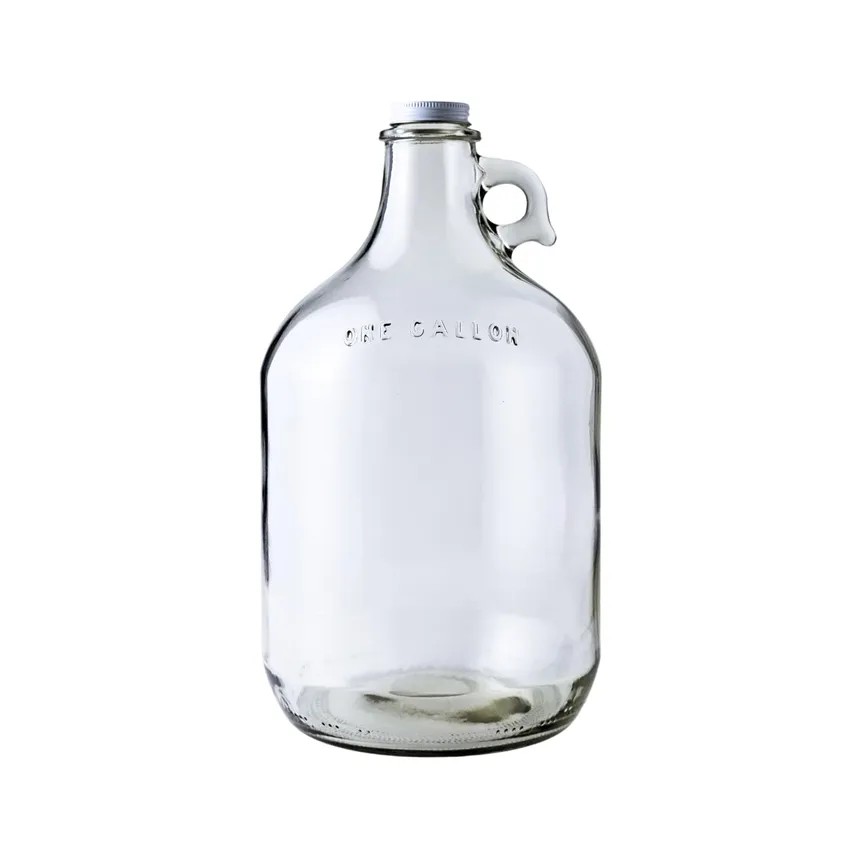
Image; Amazon.com
By Ray Tabler
It will not come as a surprise to some of you that a gallon of water tips the scale at 8.34 pounds. This is an immutable fact that I was first introduced to in engineering school, and it has lodged in my head like a benign tumor ever since. I matriculated at an odd time. Calculators hung in pleather holster from every engineering student’s belt, but computers were still either room-sized, specially-airconditioned behemoths, fed with punch cards or those new-fangled, clunky things which took up an entire desktop. We could see the future of exciting, utopian calculations coming, but the date of arrival was not yet certain.
My professors, having been raised on the slide rule, tried to pass this now-vanished skill on to us. I wish I’d listened. It’s a tragedy to have let a venerable, old capability slip away like that. What did stick were a number of numbers, conversion factors which, in the old days, proved essential to quick, number crunching on the backs of envelopes or rumpled pads of yellow paper. Like the fact that a gallon of water masses 8.34 pounds.
Or that a cubic foot of water weighs 62.4 pounds. And that there are 7.48 gallons in that same cubic foot. Note the quantity of significant digits, three. That’ll get you a useful answer, without bogging down the calculation.
Why all of this preoccupation with water? Because water is a handy liquid to know about. Most of engineering history was mainly concerned with containing and channeling water, in reservoirs and canals, and aqueducts. Then, the steam engine started boiling the stuff and wringing more work out of the it. it takes 970 British Thermal Units (BTUs) to boil one pound of water. Which you can round up to 1,000 for your scribbled ciphering with reasonable accuracy. Also, a large proportion of the liquids we deal with are water-based, and don’t stray too far from water in most properties. So, pretending you’re working with just water will get you close, usually close enough, for a SWAG (scientific wild-assed guess), if that’s all you’re looking for. Of course, it’s still a good idea to go back make sure. Dissolved solids will alter the boiling and freezing point of a water-based solution. That’s how road salt works. Density of waters solutions are notoriously prone to sliding this way or that from 8.34 lbs/gallon.
It was also useful to acquire a working knowledge of metric units, conversions, and properties. I will readily admit that the metric system is more logical and easier to use than imperial units. Possibly the best thing to tumble out of the Frech revolution. Only the intervention of a freak accident prevented the young United States from adopting the metric system of units. In between guillotining stray aristocrats and dissidents, the French shipped metric standards (weights, lengths, volumes) to the more Francophile founding fathers. The vessel bearing the standards was sunk by pirates on the voyage to these shores. This is a documented, historical fact. And either an unspeakable catastrophe or divine intervention, depending upon your point of view.
Officially, metric units are based on some wavelength of light (or some such physicist’s conceit). But, practically speaking, you can start with water. A gram of water (at 25 C) takes up a volume of one cubic centimeter. Which is the same as 1 milliliter. So, 1 liter is 1,000 cc’s, and 1 kilogram. And 1,000 liters of water, weighs 1,000 kilograms, a metric ton. Which also happens to be 1 million grams (a mega-gram!).
The entirety of the metric system of units is relentlessly logical, and locks together with the precision of a Swiss watch. That is a God send, because, as an American engineer, I had to learn how to wield both Imperial and metric units, often in cursed, chimeric manifestations. A company I worked for utilized Pound-Centigrade-Units (PCUs). That was decades ago, and I (mercifully) don’t recall all the details. It had something to do with heat transfer, and lashed Imperial weight and metric temperature together with bailing wire and duct tape. I’ve never encountered this specimen in the wild since. I suspect the engineering management of that company hid PCUs in the basement, a source of corporate shame.
Even converting back and forth between the two systems can be tricky. Due to some careless editing in the 1970s, a Canadian airliner’s manual erroneous fuel calculations (imperial vs. metric) caused a passenger plane to run out of fuel mid-flight. Fortunately, the jet found a convenient auto race track to land on, mid-race. And, a joint NASA/European probe ended up crashing into Mars at orbital speed, because the programming pointed to the wrong metric/imperial conversion factor. That was embarrassing.
Engineers are often accused of being obsessed with numbers. Guilty as charged. This is because numbers loom large in our lives. We wallow in them, drink them, breathe them, and string them together in artistic collages, where all of the units cancel out, leaving what we fervently hope is the correct answer to the right of the equals sign. At least they seem artistic to us. Hartry Field once proclaimed that science can exist without numbers. But I doubt engineering can.
END
Check out my novels at Histria Books https://histriabooks.com/product-tag/ray-tabler/
- The Diesel-Powered Starship (due for release in September 2025) https://histriabooks.com/product/the-diesel-powered-starship/
- A Grand Imperial War (Book 1 of the Grand Imperial series) https://histriabooks.com/product/a-grand-imperial-war-grand-imperial-series-book-1/
- A Grand Imperial Heir (Sequel to A Grand Imperial War) https://histriabooks.com/product/a-grand-imperial-heir-grand-imperial-series-book-2/
- Fool’s Paradise https://histriabooks.com/product/fools-paradise/
